En français plus bas ︎︎︎
Flan Parisien
Custard tart.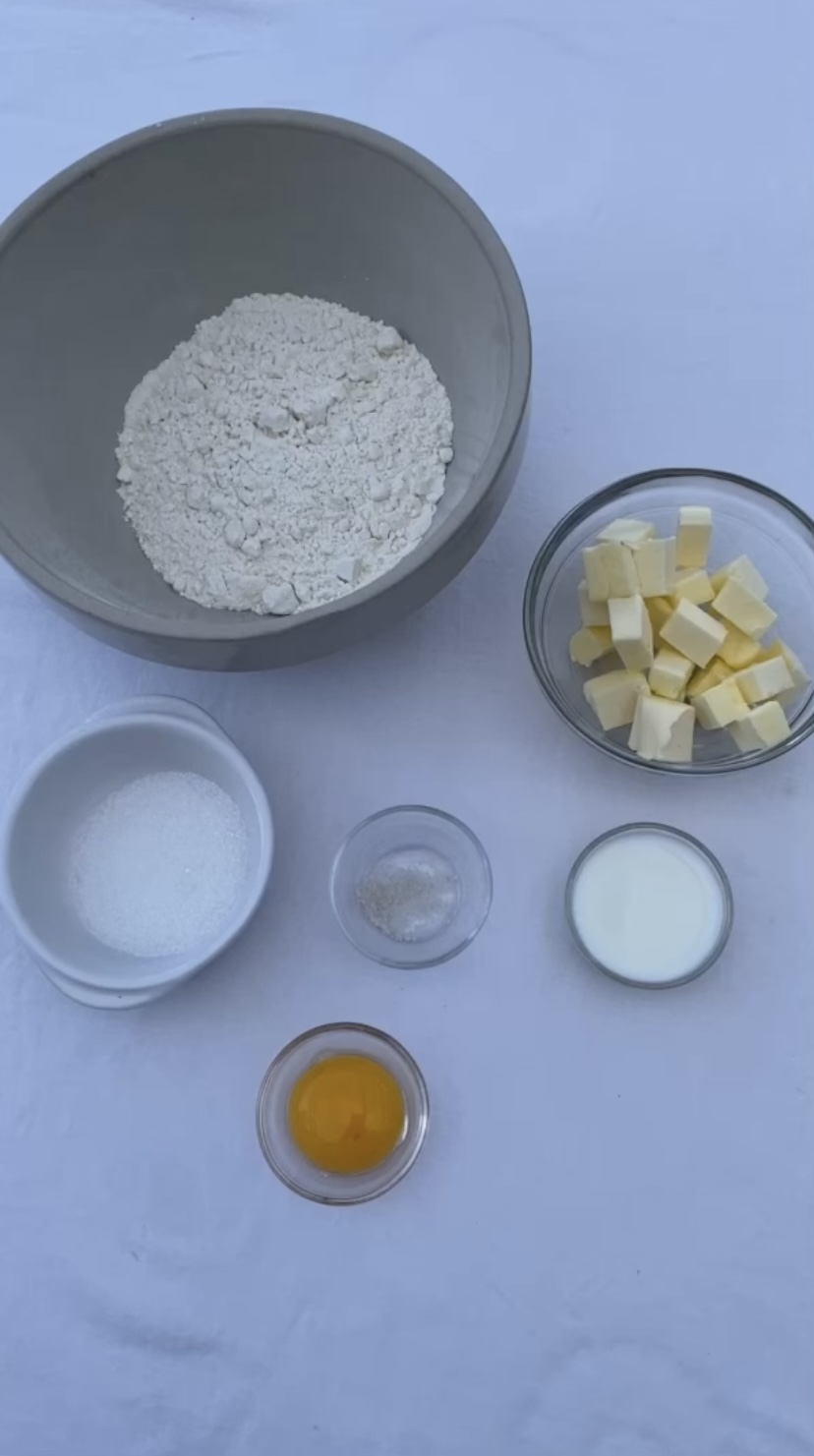

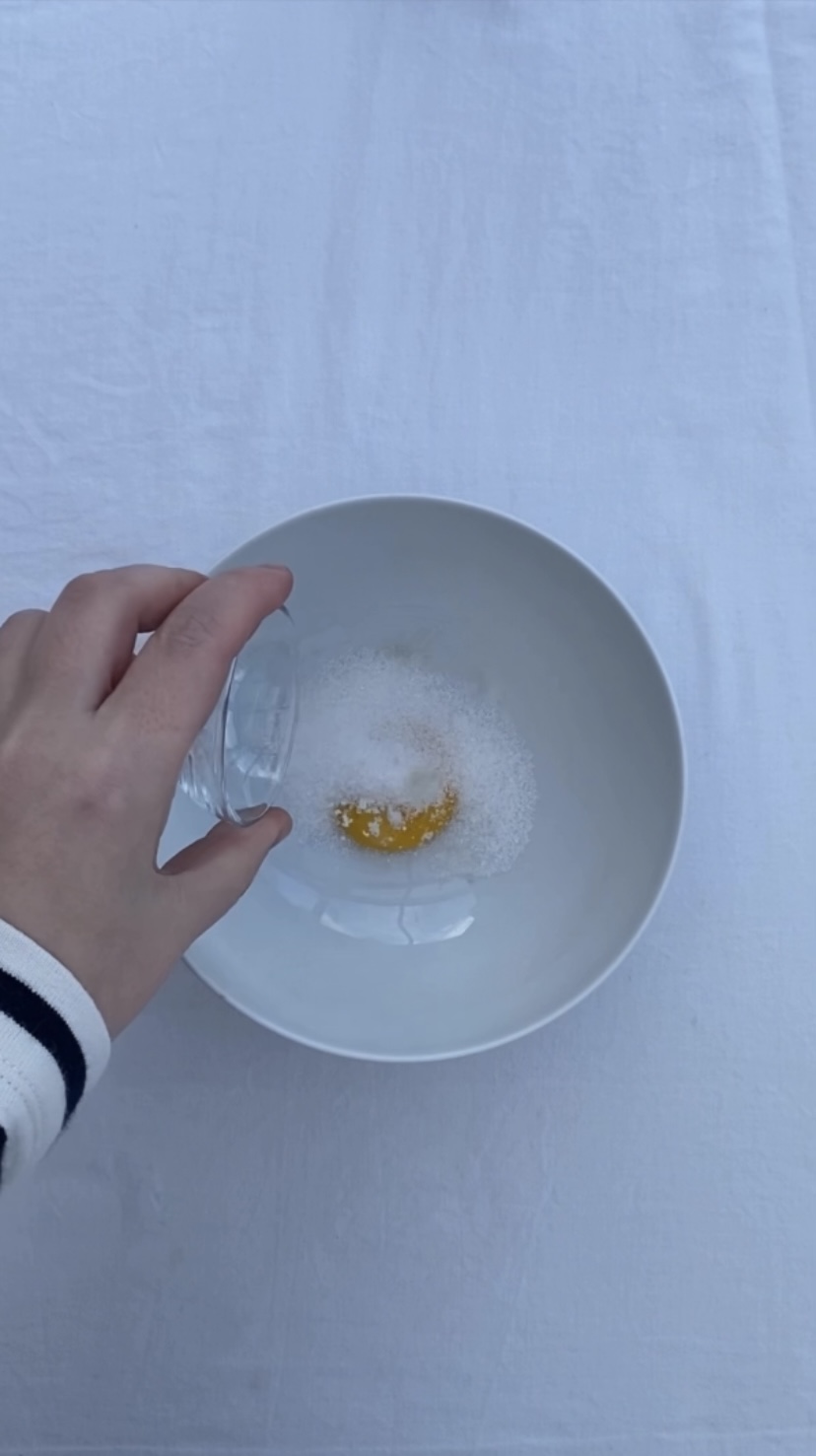





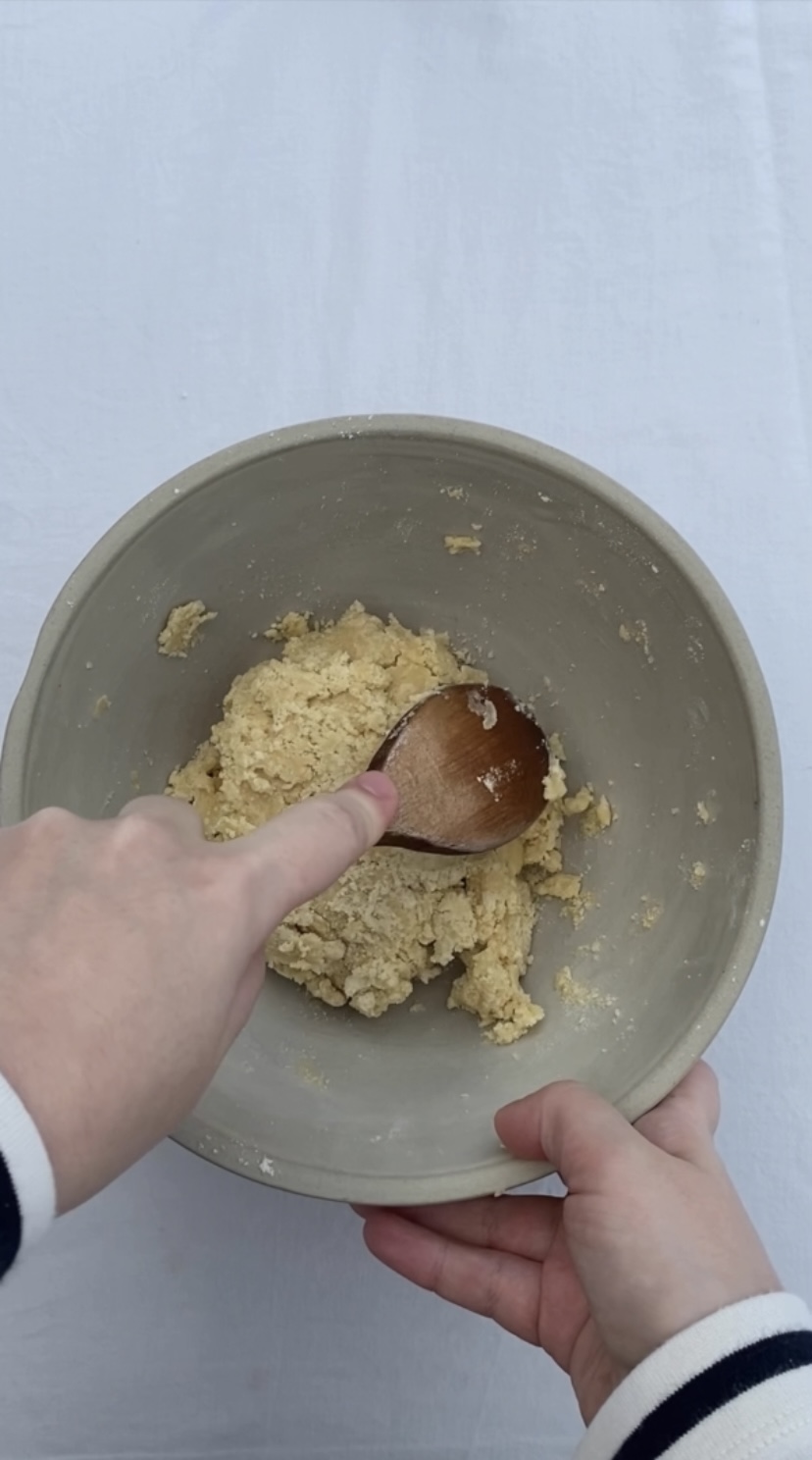




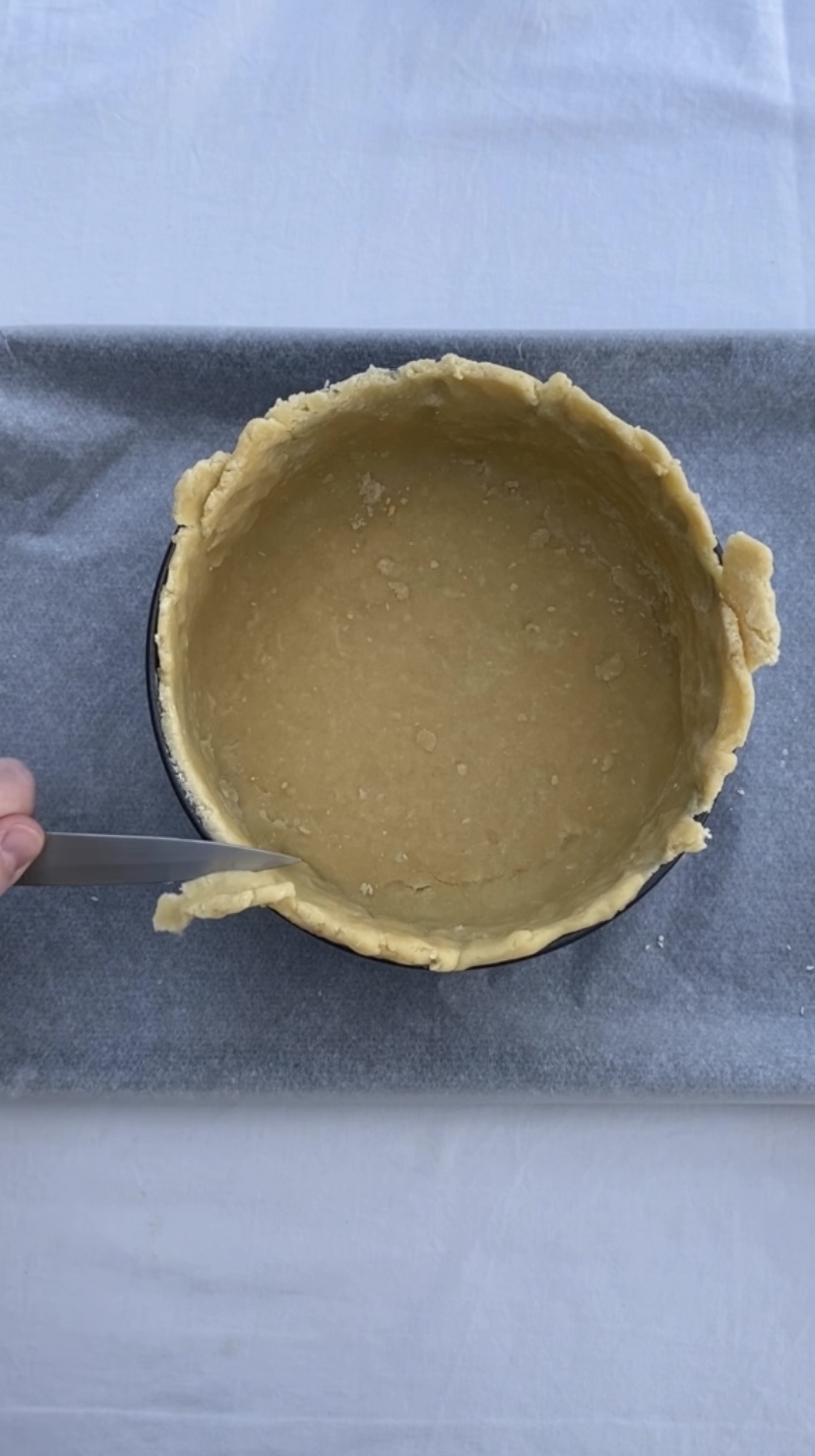

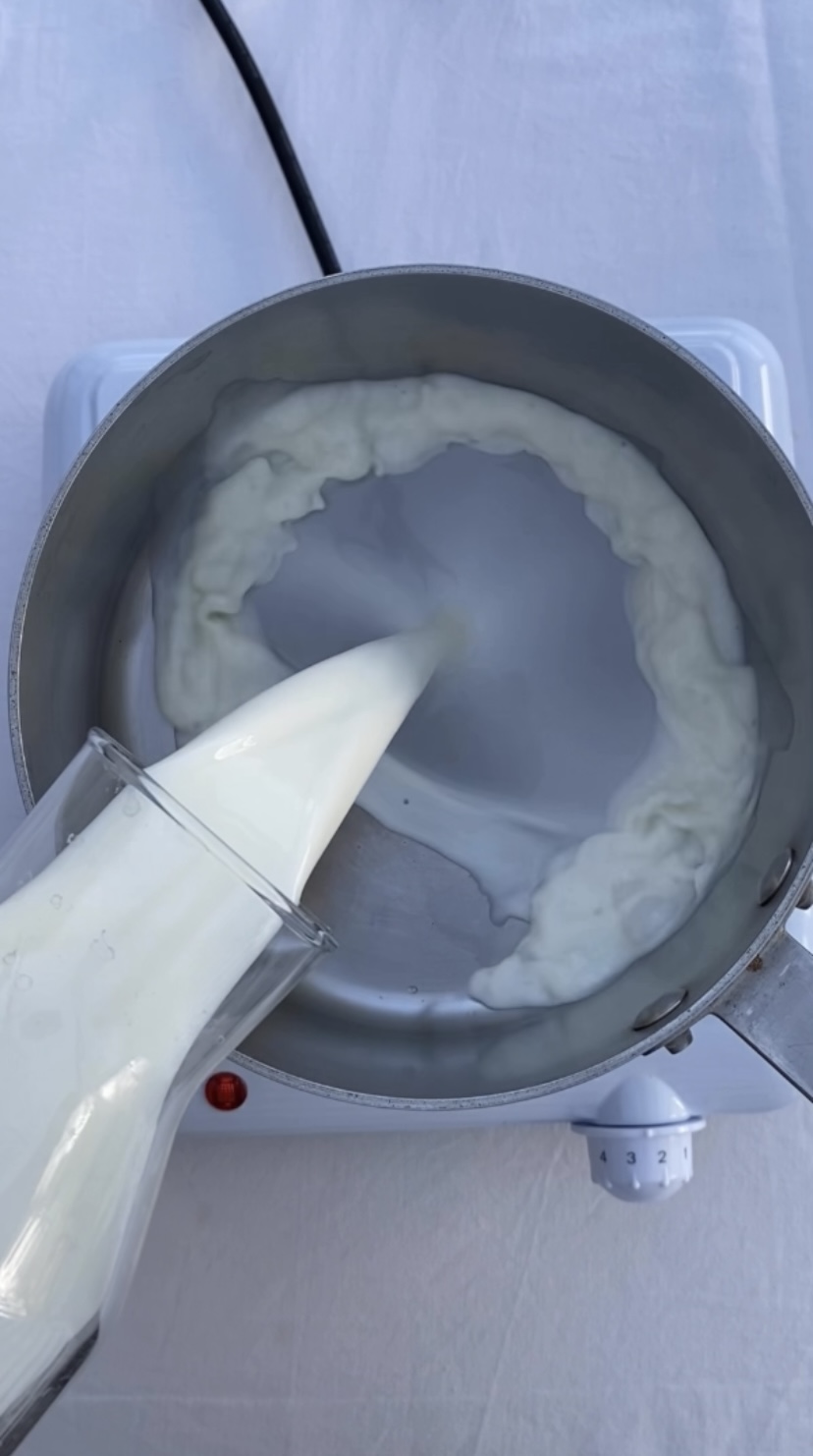
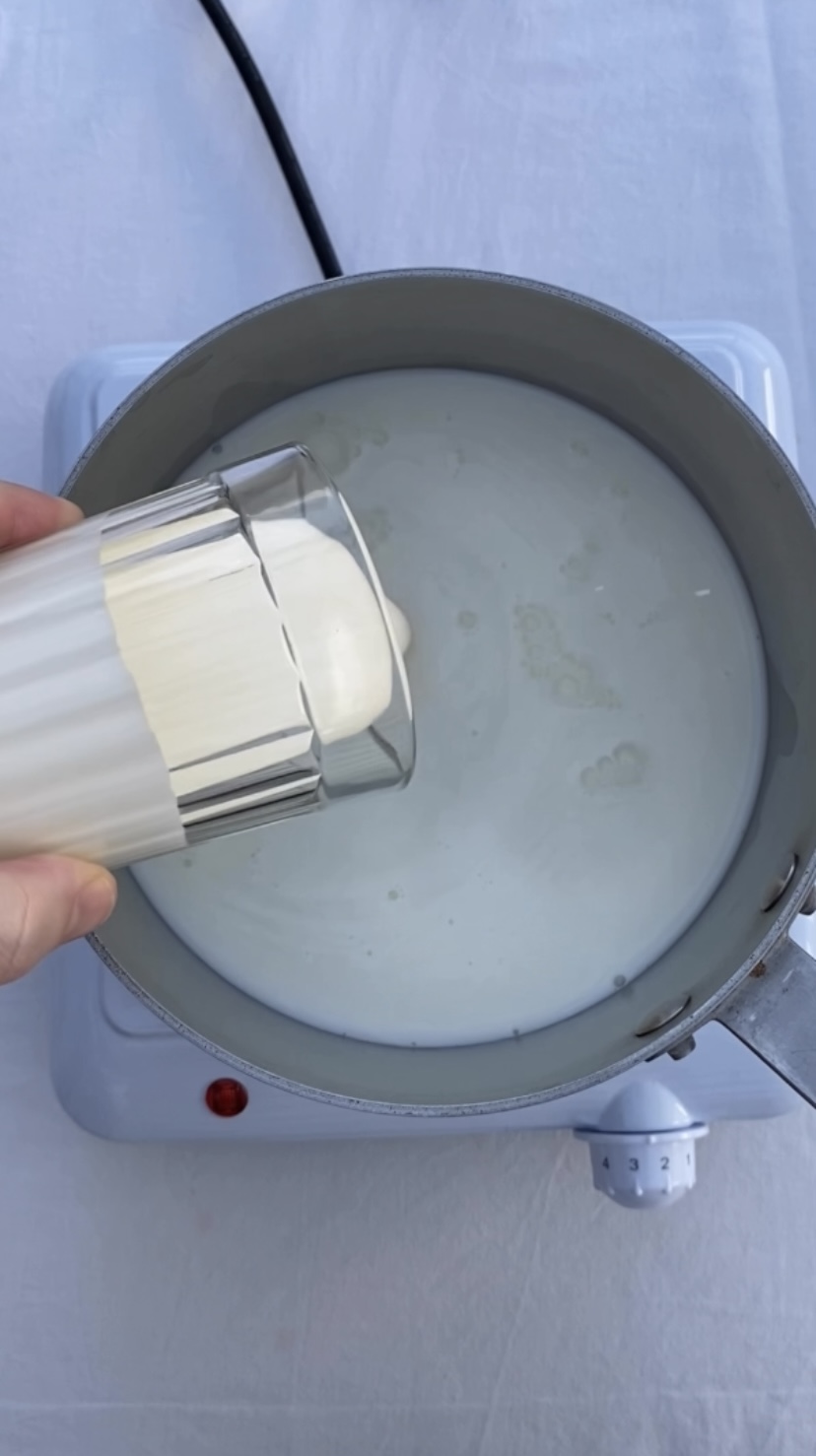




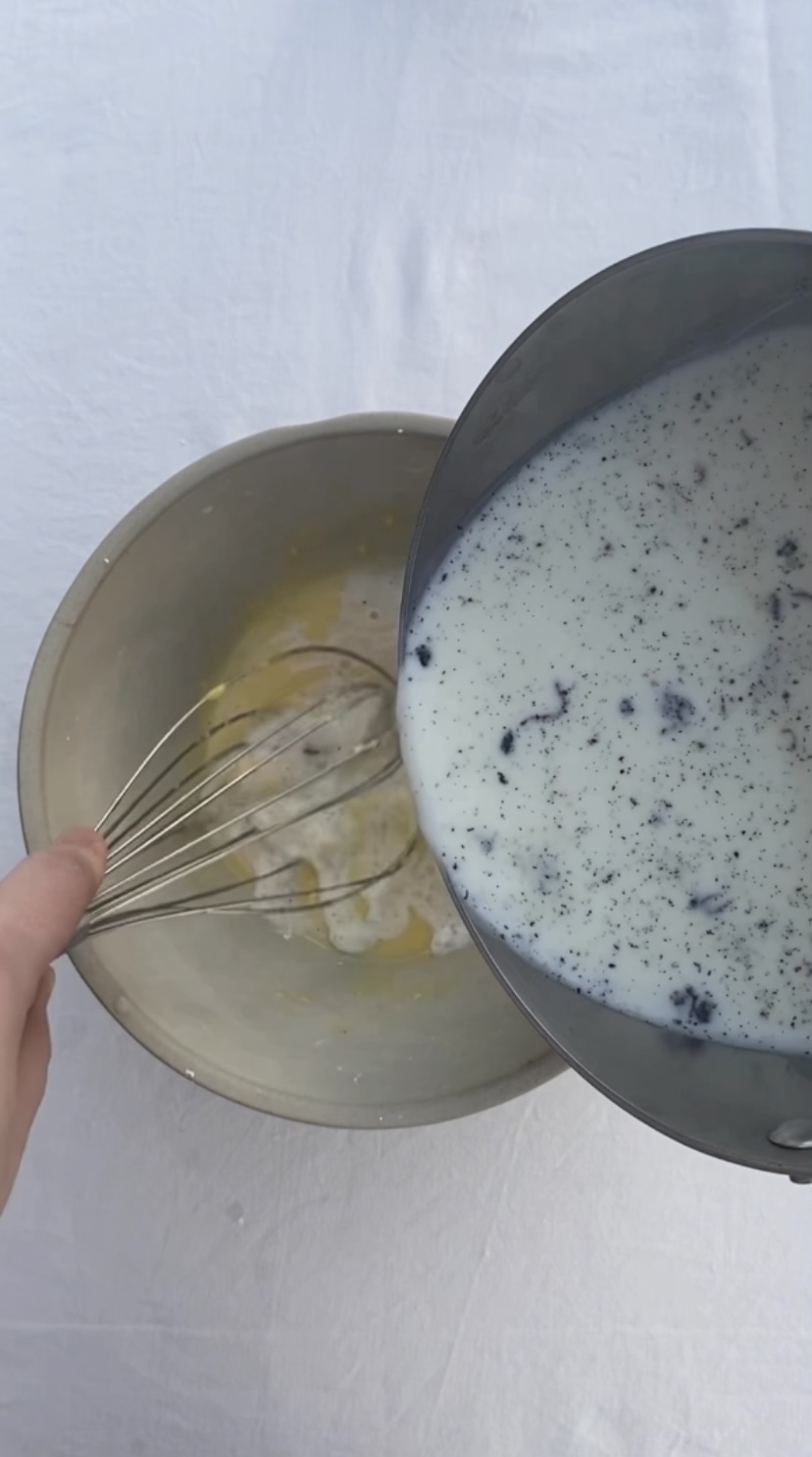
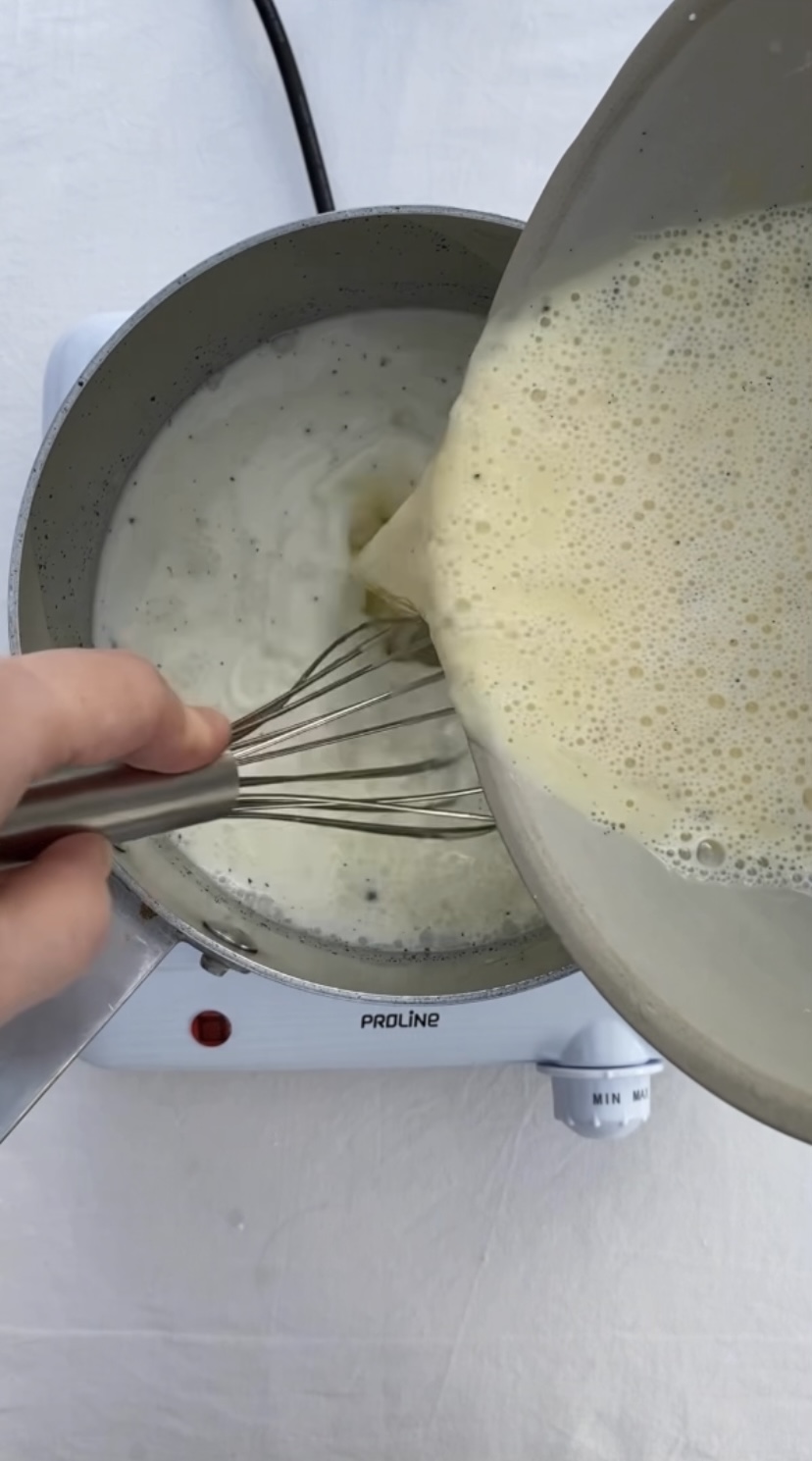




The history of the flan begins in the 13th century in the Amiens region, under the name of dariole. It later crossed the Channel and found its way to England. In 1399, custard tart was served at the royal table at the coronation of Henry IV, and centuries later at the 80th birthday celebration of Queen Elizabeth II of England.
The form may change from country to country, but the ingredients of what is called "flan" in France are widespread throughout the world and have been adapted in secular recipes thanks to the simplicity of its recipe. It is found not only in the British custard tart, but also in the Portuguese pasteis de nata or Chinese dàn tà, for example.
Unlike the flan pâtissier, the Parisian flan is surrounded by pastry, whether shortcrust or puff pastry. The recipe closest to the one we know today has been around since 1900. This recipe was codified by the pastry chef Jean-Baptiste Reboul, in Paris.
For 6 servings or so
Ingredients:
For the pastry:
175g (1,5 cups) flour
90g (6,5 tbsp) softened butter
1 egg yolk
20g (1,5 tbsp) milk
20g (1,5 tbsp) sugar
1 good pinch of salt
For the cream:
500g (2 cups) whole milk
125g (1/2 cup) full fat single cream
60g (2,5 tbsp) sugar
1 vanilla pod
50g (2 tbps) cornstarch
3 egg yolks
40g (2 tbsp) salted butter
Directions:
1. Make the pastry
In a small bowl, whisk the egg yolk with the sugar, salt and milk.
Pour the flour into another bowl, add the softened butter and sand with your fingertips to blend the butter into the flour.
Add the liquids to the flour and butter mixture and work just until the dough comes together, without giving it too much body so as not to make it elastic.
Wrap the dough in cling film and leave to rest in the fridge for 30 minutes.
Roll out the pastry on a floured surface, then line the buttered circle on baking paper.
Make sure the corners are well marked, adhere the pastry to the sides and then smooth out the excess pastry.
Place the circle on a baking tray and put in the fridge while you prepare the flan mixture.
ᕯᕯᕯ
2. Make the flan mixture
Pour the milk and cream into a saucepan with half the sugar.
Split the vanilla pods in half, scrape out the seeds and pour into the saucepan.
Bring the mixture to the boil.
Meanwhile, whisk the egg yolks with the remaining sugar in a bowl.
Add a little salt and the cornstarch. Whisk until smooth.
When it starts to boil, pour half the hot liquid over the egg yolk mixture and whisk.
Pour the mixture back into the pan and whisk.
Cook for about 1 minute, whisking constantly, until you obtain the texture of a confectioner's custard.
Remove from the heat and whisk in the butter.
ᕯᕯᕯ
3. Assemble and bake the flan
Preheat the oven at 180°C (350°F / gas mark 6).
Pour the custard mixture into the base of the tart, then tap the baking tray to smooth the surface.
Bake for 1 hour.
The flan should still wobble in the centre but will firm up as it cools.
Remove the ring and cool the flan on a wire rack.
Serve cold.
Flan Parisien
Tarte à la crème pâtissière.L'histoire du flan commence au XIIIe siècle dans la région d'Amiens, sous le nom de dariole. Elle traverse ensuite la Manche et se retrouve en Angleterre. En 1399, la custard tart - ou tarte à la crème - a été servie à la table royale lors du couronnement d'Henri IV et, des siècles plus tard, lors de la célébration du 80e anniversaire de la reine Élisabeth II d'Angleterre.
La forme peut changer d'un pays à l'autre, mais les ingrédients de ce que l'on appelle "flan" en France sont répandus dans le monde entier et ont été adaptés dans des recettes séculaires grâce à la simplicité de sa préparation de base. On le retrouve non seulement dans la custard tart britannique, mais aussi dans les pasteis de nata portugais ou le dàn tà chinois, par exemple.
Contrairement au flan pâtissier, le flan parisien est entouré d'une pâte, qu’elle soit brisée ou feuilletée. La recette la plus proche de celle que nous connaissons aujourd'hui existe depuis 1900. Cette recette a été codifiée par le pâtissier Jean-Baptiste Reboul, à Paris.
Pour 6 parts environ
Ingrédients:
Pour la pâte:
175g de farine
90g de beurre ramolli
1 jaune d'oeuf
20g de lait
20g de sucre
1 bonne pincée de sel
Pour la crème:
500g de lait entier
125g de crème liquide entière
60g de sucre
1 gousse de vanille
50 g de fécule de maïs
3 jaunes d'œufs
40g de beurre salé
Instructions :
1. Préparer la pâte
Dans un petit bol, fouetter le jaune d'œuf avec le sucre, le sel et le lait.
Verser la farine dans un autre bol, ajouter le beurre ramolli et sabler du bout des doigts pour incorporer le beurre à la farine.
Ajouter les liquides au mélange de farine et de beurre et travailler jusqu'à ce que la pâte se rassemble, sans lui donner trop de corps pour ne pas la rendre élastique.
Envelopper la pâte dans du film alimentaire et la laisser reposer au réfrigérateur pendant 30 minutes.
Étaler la pâte sur une surface farinée, puis tapisser le cercle beurré sur du papier sulfurisé.
Veillez à ce que les coins soient bien marqués, faites adhérer la pâte aux côtés, puis lissez l'excédent de pâte.
Placez le cercle sur une plaque de cuisson et mettez-le au réfrigérateur pendant que vous préparez la préparation du flan.
ᕯᕯᕯ
2. Préparer l’appareil à flan
Versez le lait et la crème dans une casserole avec la moitié du sucre.
Fendez les gousses de vanille en deux, grattez les graines et versez-les dans la casserole.
Porter le mélange à ébullition.
Pendant ce temps, fouetter les jaunes d'œufs avec le reste du sucre dans un saladier.
Ajouter un peu de sel et la fécule de maïs. Fouetter jusqu'à l'obtention d'un mélange homogène.
Lorsque le mélange commence à bouillir, verser la moitié du liquide chaud sur le mélange de jaunes d'œufs et fouetter.
Reverser le mélange dans la casserole et fouetter.
Laisser cuire pendant environ 1 minute, en fouettant constamment, jusqu'à ce que vous obteniez la texture d'une crème pâtissière.
Retirer du feu et incorporer le beurre à l'aide d'un fouet.
ᕯᕯᕯ
3. Assembler et cuire le flan
Préchauffer le four à 180°C (350°F / thermostat 6).
Versez le mélange de crème pâtissière dans le fond de la tarte, puis tapotez la plaque de cuisson pour lisser la surface.
Enfourner pendant 1 heure.
Le flan doit encore trembloter au centre, mais il se raffermira en refroidissant.
Retirez le cercle et laissez refroidir le flan sur une grille.
Servir froid.
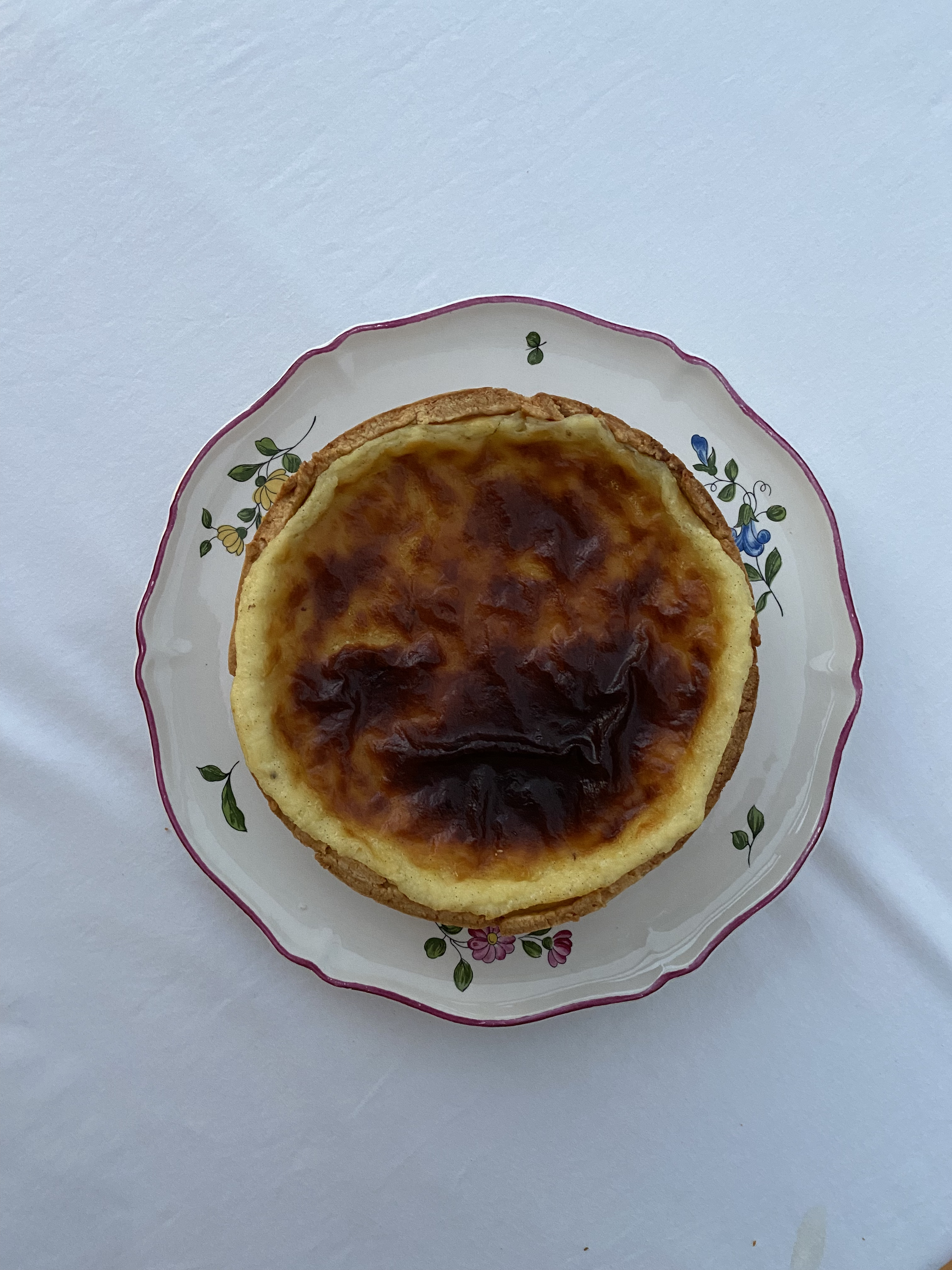
Copyright © 2024 - Butter Voyage